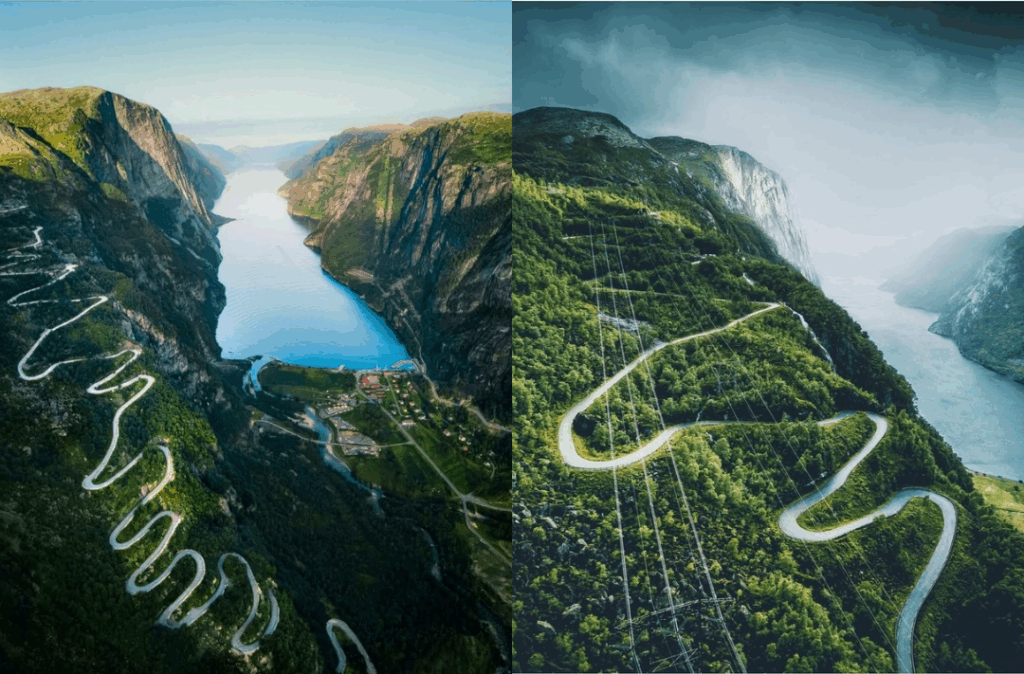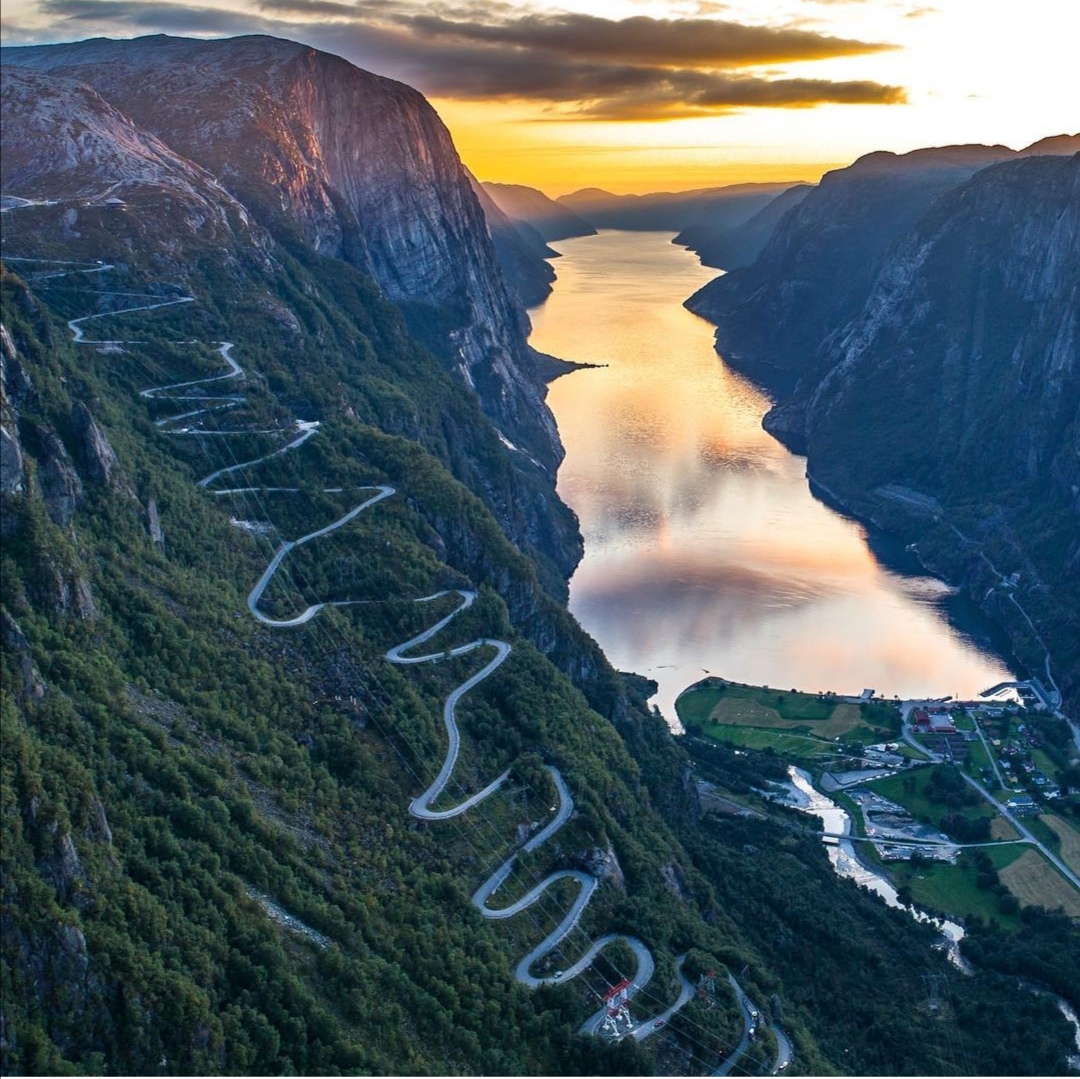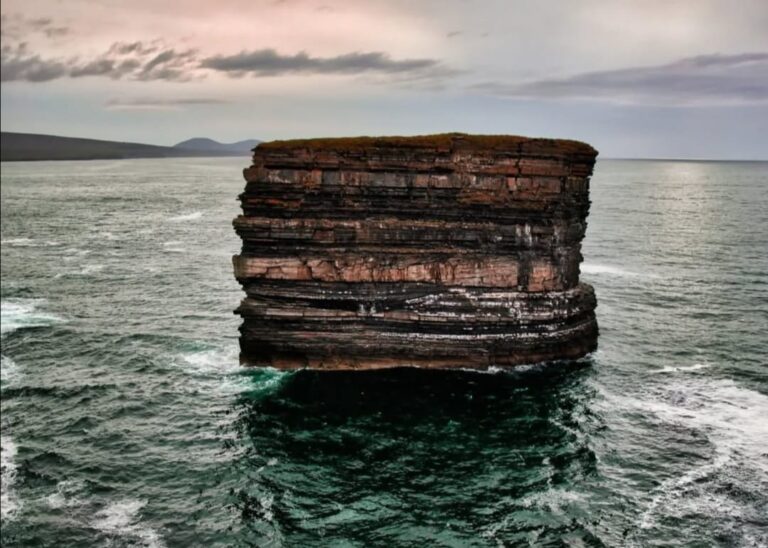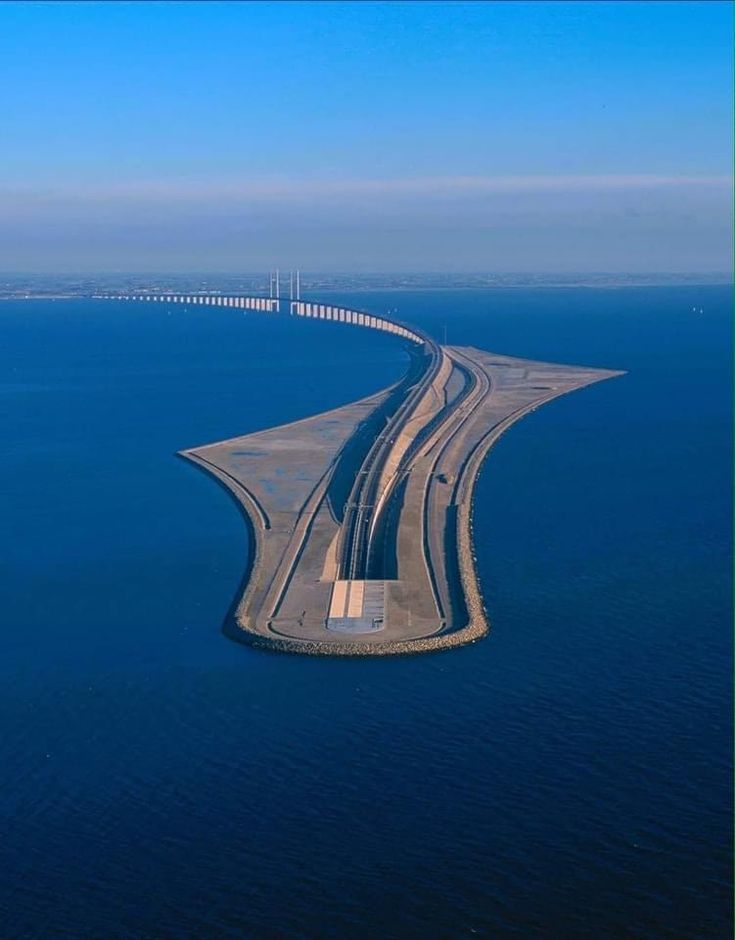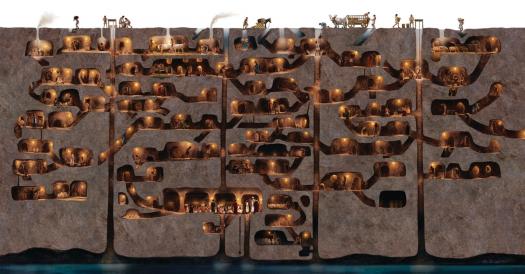Lysevegen is one of Norway’s most thrilling and scenic mountain roads. It stretches about 29 kilometers (18 miles) from the Sirdal mountain plateau down to Lysebotn, a tiny village tucked at the end of the breathtaking Lysefjord.
What makes this road world-famous are its 27 sharp hairpin bends, including a dramatic spiral inside a tunnel, and a steep descent of nearly 900 meters (2,950 feet) — all carved into a rugged, mountainous landscape that feels almost untouched by time.
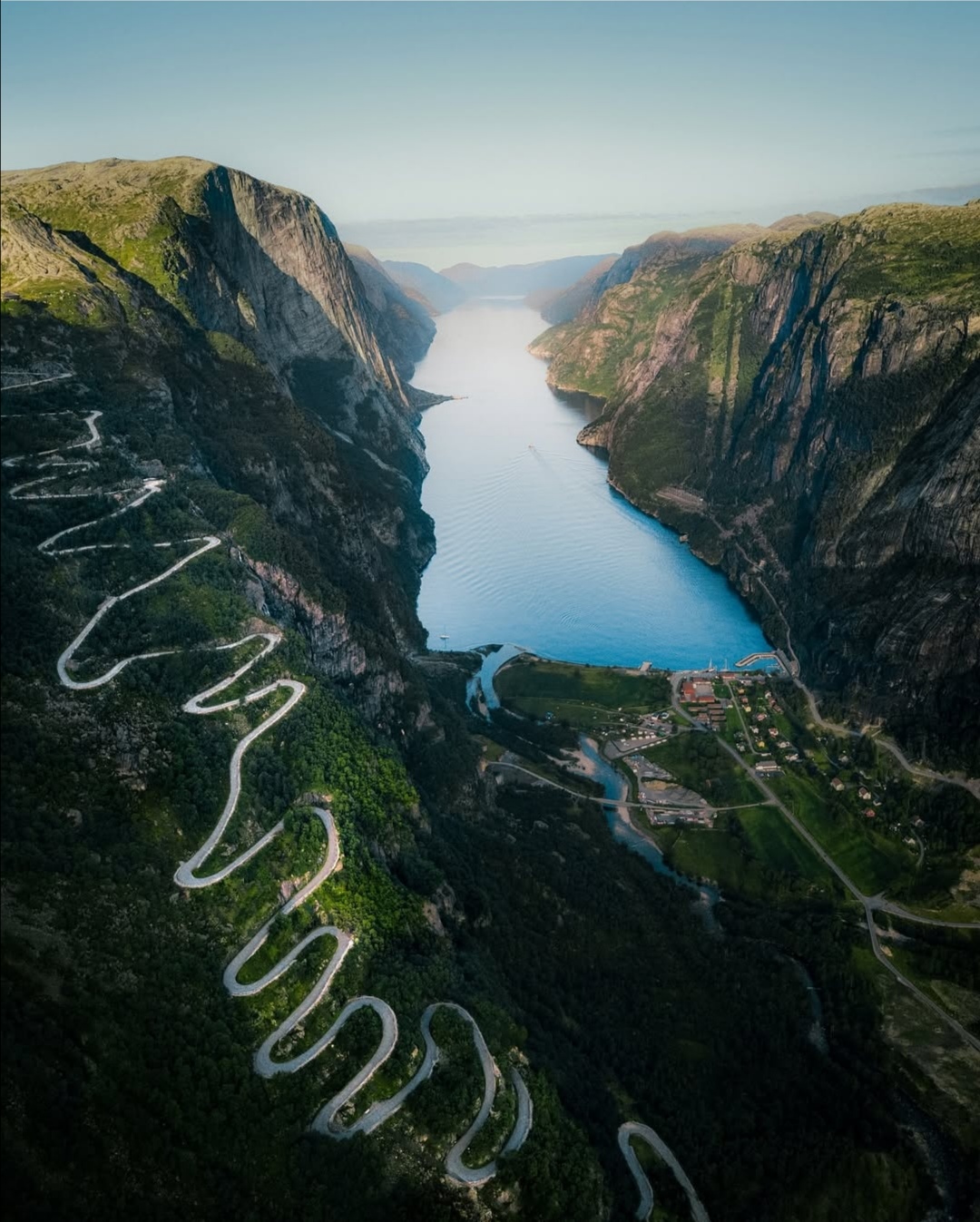
Originally built in 1984 to support hydroelectric projects like the Tjodan power station, Lysevegen has since become a magnet for adventurers, motorcyclists, and road trip enthusiasts. The journey is packed with jaw-dropping scenery — from sheer cliffs and highland lakes to sudden glimpses of the fjord far below.
“It’s not just a road, it’s an experience,” says Erik Johansen, a Norwegian civil engineer who specializes in mountain infrastructure. “Every bend challenges the driver, and every turn rewards them with a new view.”
At the summit of the road sits Øygardstøl, a panoramic viewpoint perched on the edge of the cliff. It also serves as the trailhead for one of Norway’s most iconic hikes — the climb to Kjeragbolten, a giant boulder wedged between two cliffs nearly 1,000 meters above the fjord.
“This area is a perfect blend of adrenaline and serenity,” says Hanne Lunde, a local hiking guide. “You can feel the power of the mountains here — and the silence is as intense as the views.”
Open only between May and October due to heavy snow in winter, Lysevegen remains one of the most dramatic drives in Europe. Whether you’re behind the wheel, on two wheels, or hiking nearby, this road delivers the kind of unforgettable experience that defines the wild heart of Norway.
